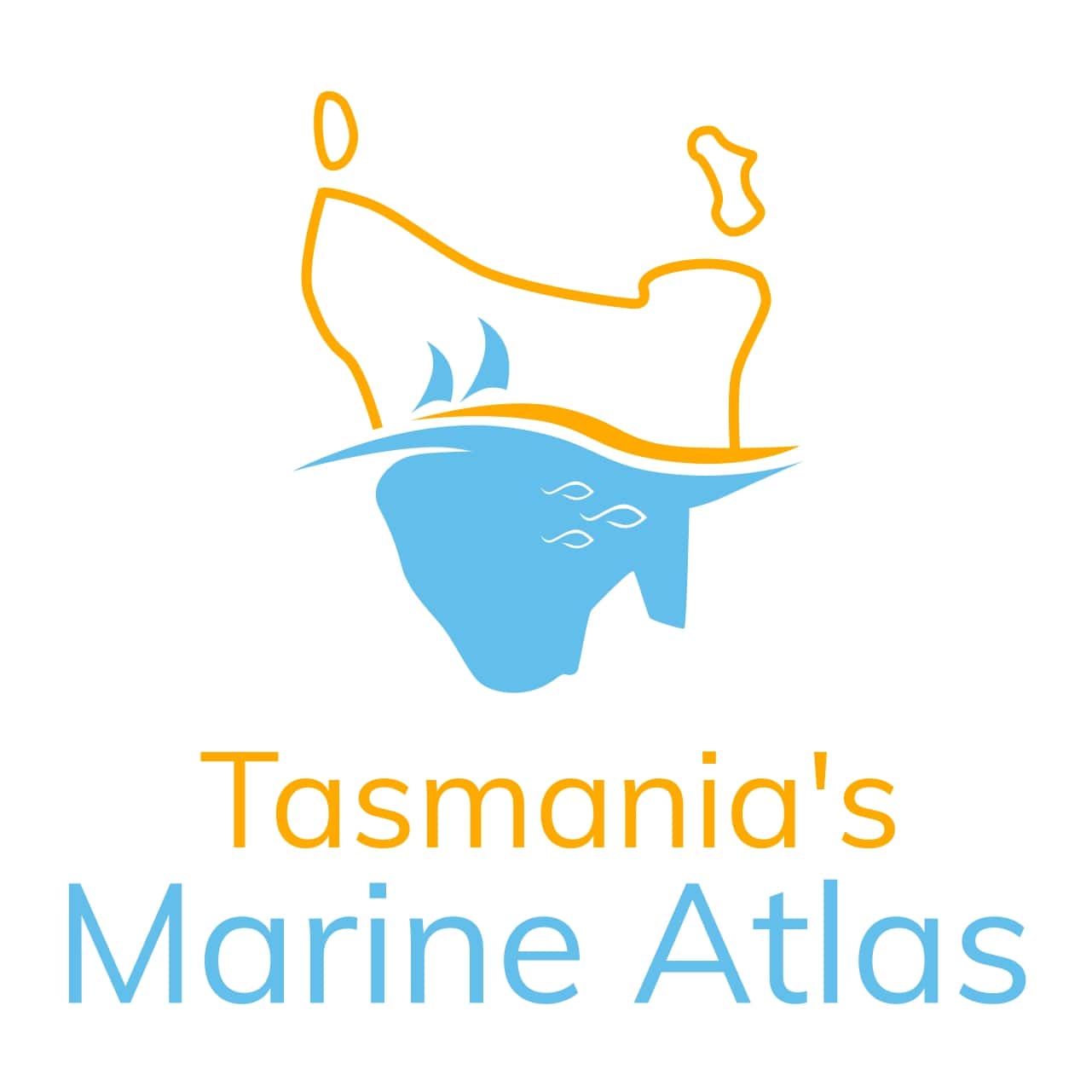Coastal Waters (Australia) | Coastal Waters (Australia) | Tasmania Coast East and Southeast, TAS
Type of resources
Topics
Keywords
Contact for the resource
Provided by
-

Location of the Giant Kelp (Macrocystis pyrifera) outplant trial sites. This is part of a collaborative project between IMAS, The Nature Conservancy, CSIRO and NRM South to restore giant kelp forests in Tasmania.
-

This dataset contains the general location of five restoration projects around Tasmania: Angasi oyster (Ostrea andasi), Giant Kelp (Macrocystis pyrifira), seagrass habitat (using Environmentally Friendly Moorings), saltmarsh fish habitat, and wetland restoration. The locations don't present the exact restoration sites.
-
Southeastern Australia's marine waters are undergoing a trend of increased warming, surpassing the global average. This area has emerged as an alluring location for research on planktic microfossils, particularly dinoflagellate cysts, which are abundant in contemporary and Late Quaternary sediments. The composition of dinoflagellate cyst assemblages offers valuable information about the physical and biogeochemical properties of mid-latitude waters in this region. This study presents an analysis of cyst assemblages from marine sediment cores from waters inshore and offshore Maria Island, Tasmania, southeast Australia, up to 9 kyrs BP. The dominant cysts were Protoceratium reticulatum, Protoperidinium spp. (P. avellana, P. conicum, P.minutum, P. oblongum, P. subinerme, P. shanghaiense) and Spiniferites spp. (S. bulloideus, S. hyperacanthus, S. membranaceus, S. mirabilis, S. pachydermus, and S. ramosus). Inshore, Spiniferites spp. were more abundant (up to 61%), while P. reticulatum was dominant (up to 80%) at the offshore site. Impagidinium spp. and Nematosphaeropsis labyrinthus were exclusively detected offshore, with their increasing occurrence from 6 kyrs BP to present suggesting a transition from shallow coastal to stable deep-water habitat. Cysts of the Alexandrium tamarense complex were detected over the past 140 years and 9 kyrs BP at the inshore and offshore sites respectively, indicating an endemic long-term presence. Low abundances of Gymnodinium catenatum cysts were detected exclusively inshore from 50 years ago to present, suggesting recent bloom events. The limited southward penetration of the East Australian Current is indicated by the lack of warm-water cyst taxa such as Lingulodinium machaerophorum. Unlike coccolithophores, previously studied in the same sediment core, no discernible shift from cold to warm-water dinoflagellate cyst species was observed. The documentation of dinoflagellate cyst assemblages presented in this study will aid in predicting the effects of climate change, eutrophication, and introduction of novel species on local and broader community dynamics.
-
In collaboration with the Tasmanian State Emergency Service, water level monitoring instruments were installed to enable the collection of data in four estuaries identified as being vulnerable to coastal and compound flooding: Derwent Estuary, Huon Estuary, Georges Bay, and Macquarie Harbour. These instruments recorded fluctuations in water levels due to the combined influences of tide, river discharge, and weather events. The effects of the January 2022 Hunga Tonga-Hunga Ha’apai tsunami following a significant submarine volcanic explosion was also recorded in three out of the four estuaries. The datasets, comprising reduced water level observations, predicted water level, and residuals, are available from the IMAS Data Portal. Water level observations of varying duration were recorded between November 2020 – November 2022 for 14 sites in four Tasmanian estuaries. This work was undertaken by Karen Palmer as part of a PhD candidature at the University of Tasmania under the supervision of Dr Christopher Watson, Dr John Hunter, Assoc Prof Hannah Power (University of Newcastle), and Dr Rebecca Harris.
 IMAS Metadata Catalogue
IMAS Metadata Catalogue